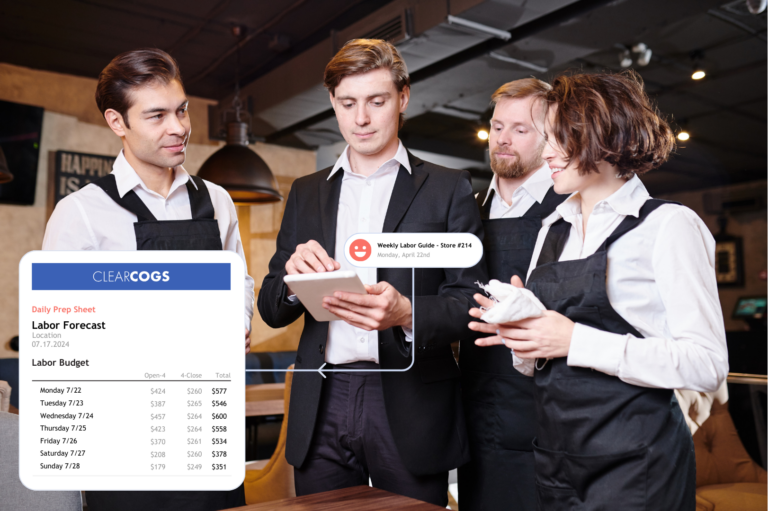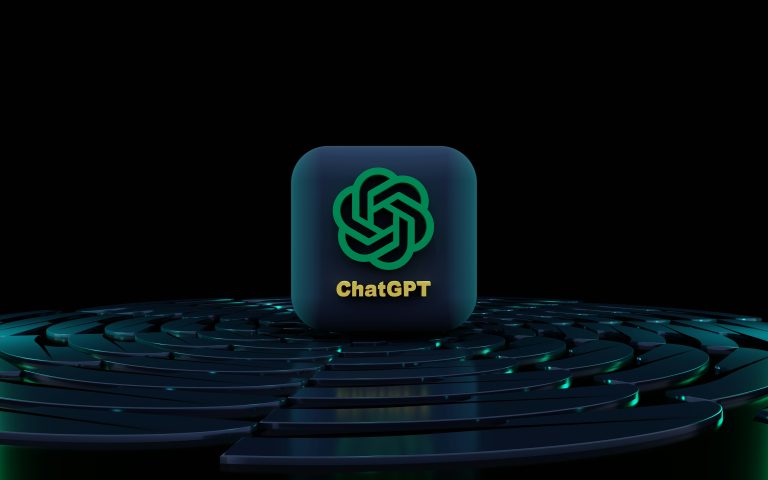January 4th, 2023
Just-in-time (JIT) manufacturing is a production model that aims to align the inflow of raw materials with the demand for finished end-products. The goal of JIT is to minimize storage costs and eliminate waste. In the food industry, restaurants can also use JIT to improve efficiency, reduce waste and increase profit.
In theory, by implementing a JIT system, restaurants can order the right amount of ingredients at the right time, which leads to fresher dishes, lower storage costs, and less waste. But for it to be successful, the following items must be in place:
Analyze your menu and sales data. The first step in implementing JIT is to understand your menu and how much of each ingredient you need. Look at your sales data to see which items are popular and which ones are not. This will help you determine which ingredients to order and in what quantities.
Connect it to your suppliers. This will allow you to easily place orders and receive alerts when it’s time to restock.
Set up alerts and reorder points. You can set up alerts to notify you when it’s time to restock an ingredient. You can also set reorder points, which are the minimum levels of an ingredient that you want to keep in stock. When an ingredient falls below the reorder point, the system will automatically send an alert to restock.
Monitor your inventory levels and adjust as needed. As you implement JIT, it’s important to continuously monitor your inventory levels and adjust as needed. If an ingredient is selling faster than expected, you may need to order more. If an ingredient is not selling as well as expected, you may need to order less.
Just-in-time (JIT) inventory management is a popular strategy among many industries looking to minimize waste and increase efficiency in their production process. However, implementing a true JIT system can be challenging for restaurants that struggle with organization and accurate forecasting of demand.
This is where ClearCOGS comes in.
ClearCOGS Ops Management helps restaurants monitor and manage their inventory in real-time through sales data. By tracking usage, ClearCOGS can provide Predictive Product Amount Required (Predictive PAR) levels to help restaurants determine what to order and prep without the fragility of a traditional JIT system.
One of the key benefits of using ClearCOGS for JIT inventory management is the ability to avoid overproduction and overstocking. With a traditional JIT system, restaurants must carefully forecast demand in order to avoid producing too much inventory, which can lead to waste and additional storage costs. However, even the most accurate forecasts can be disrupted by unexpected events such as weather, holidays, or sudden changes in customer behavior.
ClearCOGS helps restaurants mitigate this risk by providing real-time data on what items are selling and in what quantities. This allows restaurants to adjust their production and ordering accordingly, ensuring they always have just enough inventory to meet demand without overproducing.
In addition to helping restaurants avoid waste, ClearCOGS can also save them money on storage costs. By only ordering what is needed, restaurants can reduce the amount of inventory they need to store, freeing up space and reducing the need for additional storage facilities.
ClearCOGS provides a more organized and efficient version of JIT inventory management for restaurants. By tracking usage and providing Predictive PAR levels, ClearCOGS helps restaurants minimize waste, reduce storage costs, and increase efficiency in their production process.








